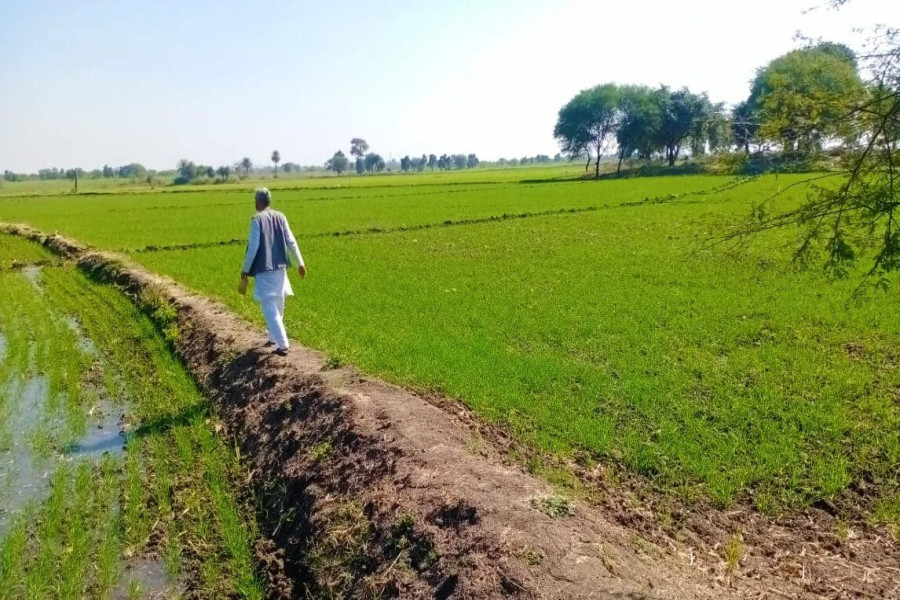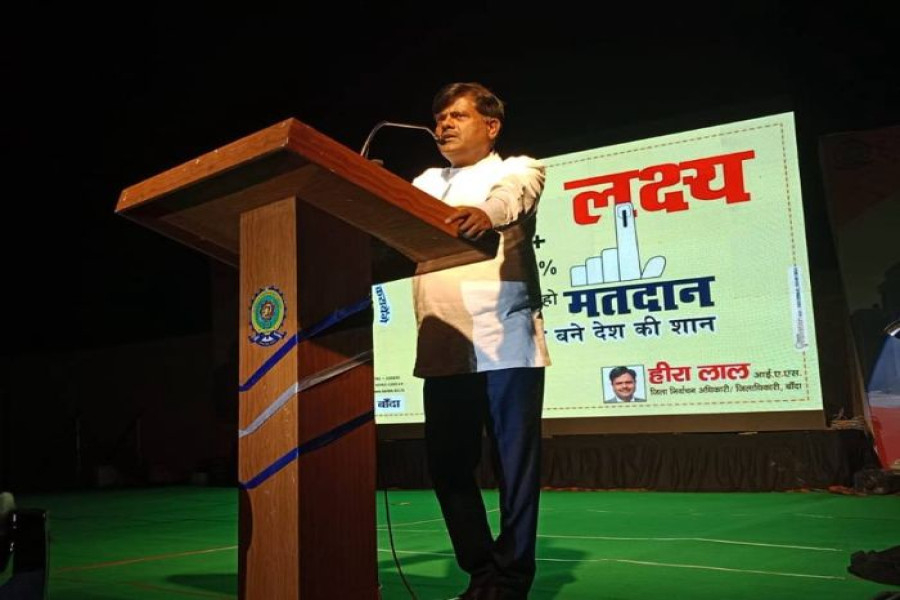Mumbai is set to pioneer a revolutionary approach to elections as two Assembly constituencies, Anushakti Nagar (172) and Chembur (173), adopt the ‘Green Election Model’ for the 2024 elections. This innovative concept emphasizes eco-friendly practices to reduce the environmental footprint of the electoral process while encouraging higher voter participation. The initiative aims to ensure that once the elections are over, they leave behind no carbon footprint.
The man behind this groundbreaking initiative is IAS officer Dr. Heera Lal Patel, who has successfully implemented the green election model in Uttar Pradesh and Punjab. Now serving as the Election Observer for these two Mumbai constituencies, Dr. Patel brings a wealth of experience and a proven track record of promoting sustainable elections. His previous work in Banda, Uttar Pradesh, during the 2019 Lok Sabha elections and the Anandpur Sahib constituency in Punjab earlier this year, earned widespread recognition for demonstrating that electoral processes can align with environmental conservation.
The green election concept focuses on significantly reducing environmental harm through the use of biodegradable materials, promoting tree plantation drives, and spreading awareness about eco-friendly practices. According to Dr. Patel, the term ‘eco-friendly election’ was not easily relatable to many people. To simplify and make the concept universally understood, the term ‘green election’ was introduced. This phrase resonates with the public as it combines two ideas—environmental sustainability and democracy—that people easily relate to. By naming it a green election, the goal is to encourage people to view voting as a dual responsibility: participating in democracy and contributing to environmental conservation.
At its core, the green election model involves several key practices. The use of plastic is eliminated entirely, with all election materials being biodegradable. Recyclable stationery is used throughout the process, ensuring no waste is generated. To engage citizens in a meaningful way, voters are encouraged to plant one sapling for every vote they cast. This initiative not only promotes environmental consciousness but also strengthens the connection between citizens and nature.
Digital campaigns are another significant element of the model. By prioritizing online platforms for outreach and communication, the use of paper in election campaigns is drastically reduced. This approach aligns with global trends toward digitalization while addressing the environmental challenges posed by excessive paper usage. Additionally, community involvement plays a crucial role. Citizens who are active in environmental protection are identified and promoted as brand ambassadors for green elections. These individuals work at the grassroots level to spread the message of sustainability within their communities.
In Anushakti Nagar and Chembur, efforts are underway to make this vision a reality. Teams of election officials are visiting schools and colleges to engage with young voters and encourage them to inspire their families to vote and plant trees. Debates on climate change and environmental protection are being organized in educational institutions, fostering a deeper understanding of these critical issues among students. These efforts ensure that the younger generation plays an active role in both the democratic and environmental aspects of the initiative.
Corporate and community partnerships are also being leveraged to enhance the initiative’s impact. Companies and banks are being urged to adopt local parks and gardens, contributing to the greening of public spaces. Frequent meetings with officials at all levels ensure smooth coordination and widespread support for the initiative.
The green election model is not just a logistical strategy but a cultural shift toward sustainable democratic practices. Dr. Patel views this as an opportunity to instill a sense of environmental responsibility in citizens while redefining how elections are conducted in India. By making sustainability a central theme, the initiative sets a precedent for integrating environmental considerations into large-scale governmental processes.
The Election Commission of India supports this initiative, recognizing its potential to transform elections across the country. By embracing sustainable practices, India can set an example for democracies worldwide, proving that electoral processes can align with the urgent need to address climate change.
As voters in Anushakti Nagar and Chembur prepare to cast their ballots, they are reminded that their vote carries a dual responsibility: shaping the nation’s leadership and contributing to a healthier planet. This pioneering initiative in Mumbai demonstrates how democracy and environmental consciousness can work hand in hand, paving the way for a greener, more sustainable future.
Publication Link: https://www.politicalobserver.in/state-politics/maharashtra/mumbais-green-elections-a-step-towards-sustainable-democracy/






























